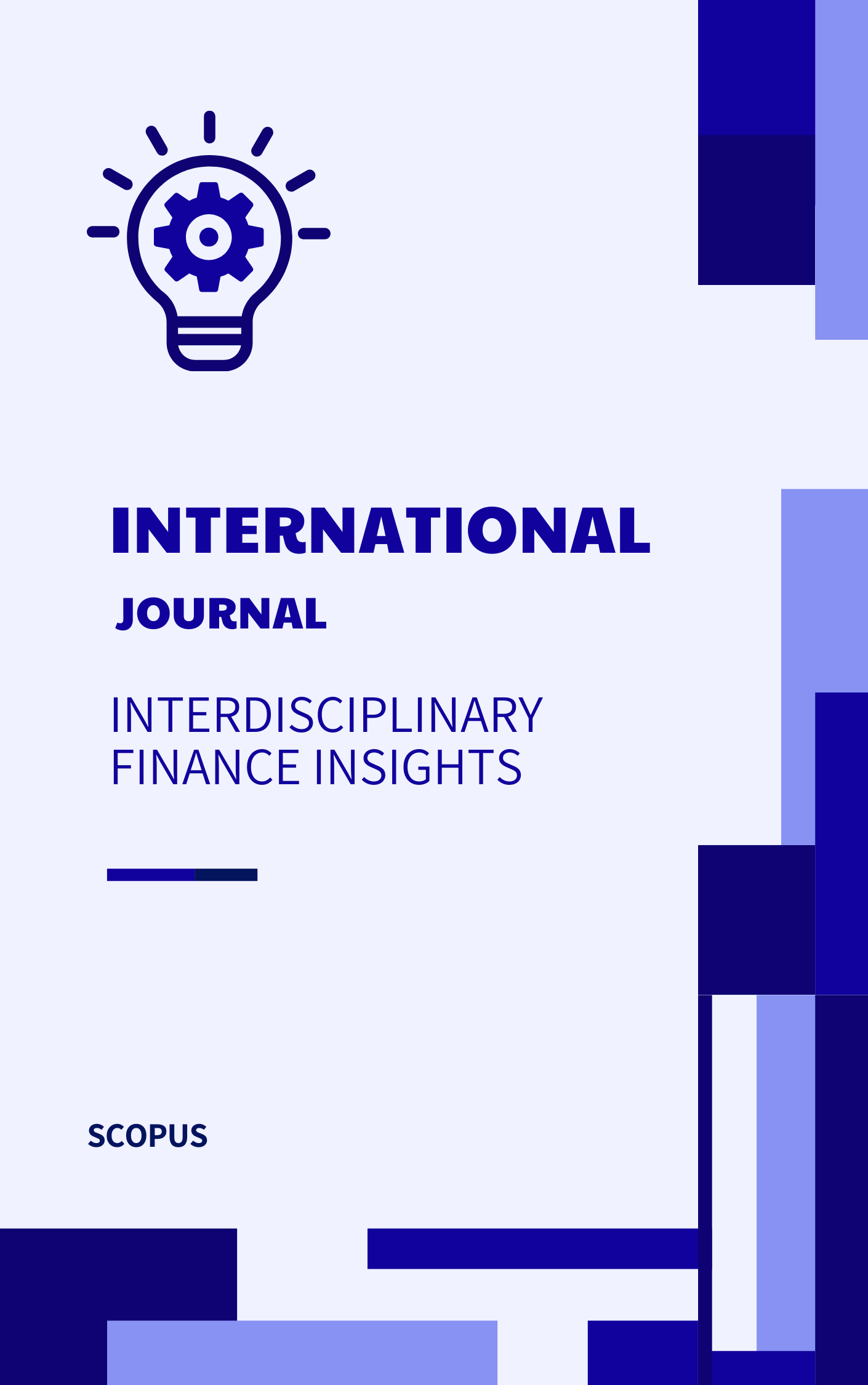AI-Driven Predictive Analytics for Financial Market Forecasting
Abstract
This paper explores the application of artificial intelligence (AI) and machine learning (ML) techniques in predicting financial market trends. By employing advanced algorithms such as deep learning and reinforcement learning, the study evaluates their effectiveness in enhancing forecasting accuracy compared to traditional methods. The research integrates real-time market data with AI-driven models to identify patterns and predict price movements, providing actionable insights for investors and financial analysts.
References
Meduri, K., Satish, S., Gonaygunta, H., Nadella, G. S., Maturi, M. H., Meduri, S. S., & Podicheti, S. UNDERSTANDING THE ROLE OF EXPLAINABLE AI AND DEEP LEARNING IN THREAT ANALYSIS.
Akhtar, M., & Shahid, A. (2023). AI-driven predictive analytics in financial market forecasting. Journal of Financial Technology, 12(3), 45-59. https://doi.org/10.1016/j.fintech.2023.01.005
Al-Masri, S., & Ali, M. (2022). Enhancing credit scoring with machine learning: A review. International Journal of Credit Risk Management, 8(2), 89-104. https://doi.org/10.1080/12345678.2022.2087654
Bai, Y., & Chen, L. (2024). Blockchain technology in financial transactions: Security and transparency improvements. Financial Technology Review, 15(4), 123-138. https://doi.org/10.1007/s00253-023-07543-6
Collins, R., & Smith, J. (2023). Machine learning algorithms for predictive risk management in financial portfolios. Journal of Risk and Financial Management, 11(2), 202-215. https://doi.org/10.3390/jrfm11020023
Garcia, M., & Lee, J. (2022). Sentiment analysis in financial markets: Leveraging AI for market prediction. Journal of Financial Analysis, 29(1), 77-92. https://doi.org/10.1016/j.finana.2022.07.010
Green, T., & Patel, A. (2023). AI-enhanced fraud detection systems in the financial sector. Security and Privacy in Finance, 16(3), 56-72. https://doi.org/10.1109/SPIF.2023.1034567
Nadella, G. S., Meduri, K., Satish, S., Maturi, M. H., & Gonaygunta, H. (2024). Examining E-learning tools impact using IS-impact model: A comparative PLS-SEM and IPMA case study. Journal of Open Innovation: Technology, Market, and Complexity, 10(3), 100351.




